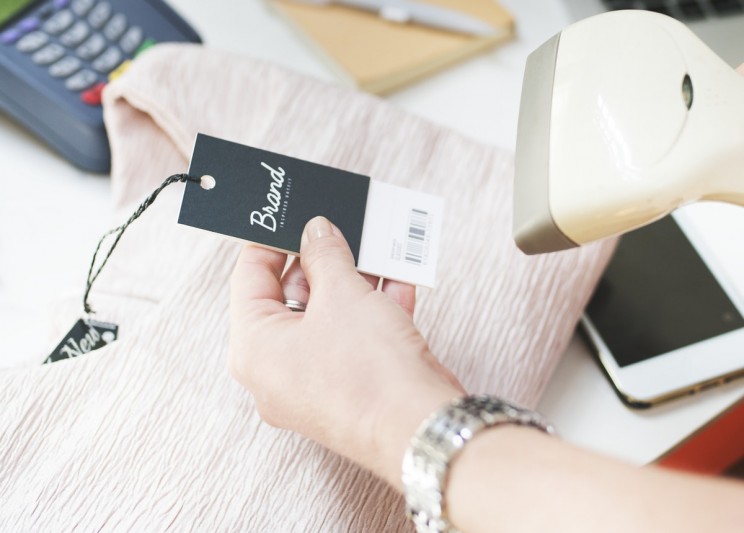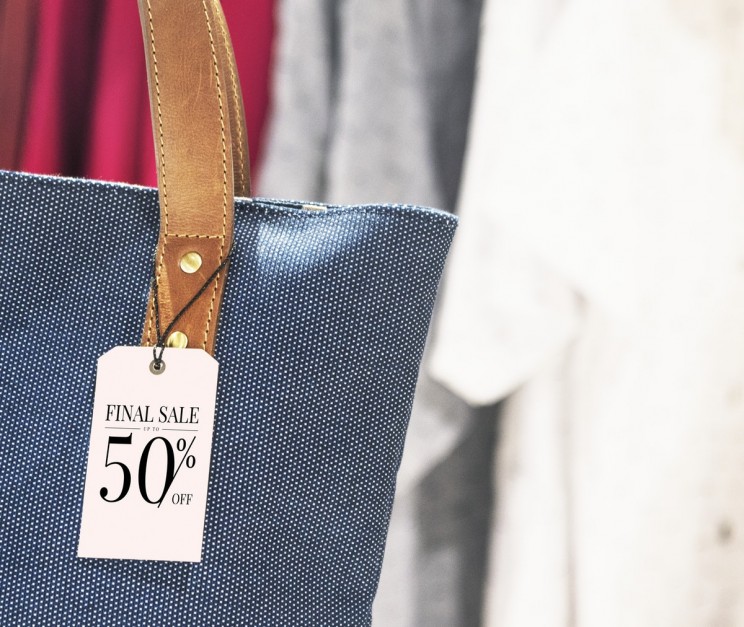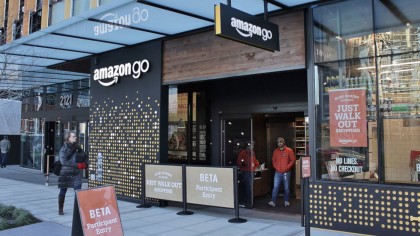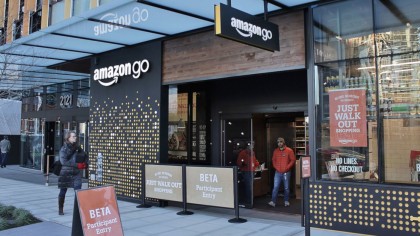Retailers continually explore how to entice consumers, and lately, that means giving them options for tech-enhanced shopping.
1. Helping People Feel More Confident in Their Purchases
 Source: Rawpixel
Source: Rawpixel
One of the tech shopping trends that has become most prominent is the idea that, when used well, technology should take the guesswork out of shopping, whether a person wants makeup or a new car. That’s why MAC installed makeup mirrors that work with augmented reality (AR) to help people try cosmetic shades before buying them.
Similarly, Audi lets people design their new cars in showrooms by interacting with a giant video screen or mobile touchscreen devices and picking out the features they want in their automobiles.
By offering such options, these brands and many others remove the possible element of buyers’ remorse that could make people decide not to do business with certain brands again.
2. Letting People Shop From Home in New Ways
 Source: Rawpixel
Source: Rawpixel
Shopping from home is not a new trend, and before people frequently used the internet to do it, they watched home shopping channels and heard sales pitches from the engaging hosts. Now, shoppers can still buy things online or after hearing television pitches, but they can shop with voice-activated technologies, too.
Voice-recognition technologies permit people to research things they might want to purchase by uttering phrases into their smartphones. Then, they can go further and buy those items using a voice-activated smart speaker that’s connected to a buyer’s credit card.
Tech shopping doesn’t only mean buying tech gear — it also means using technology to facilitate purchases.
Also, artificial intelligence (AI) platforms can learn what people purchased before and use that information to automatically suggest things they might like. Typically, those suggestions are similar to the items they have already bought, or they might relate to merchandise people in certain age groups or other demographics typically want.
According to a recent survey, 63 percent of people surveyed said they want personalized recommendations from retailers. Some forward-thinking brands take that to heart and use big data platforms that glean insights from customer data and uncover useful content that would have otherwise stayed hidden.
Many tech advancements in retail also open up possibilities for people who dislike buying things in traditional retail stores. Perhaps they get anxious around crowds, can’t easily leave home to make purchases because of childcare obligations or lack reliable modes of transportation.
Those are just some challenges that tech for shopping can alleviate in the right circumstances.
3. Allowing People to Enjoy Better Customer Service
 Source: Rawpixel
Source: Rawpixel
The most impressive tech-enhanced shopping experience still falls short if it doesn’t provide better service for customers than what was possible before the technology existed.
Payment processing technology has experienced numerous advancements, including touchscreen point-of-service terminals for employees to use, not to mention chip-enabled cards that protect from fraud. Furthermore, some stores let people pay for things with Bitcoin or allow them to use digital wallets.
Those are just a few ways the payment sector has kept pace with the times, providing better customer service for people in the process. Walmart is taking notice. It’s reducing lines in its stores during the holiday season by sending roving cashiers onto the sales floor.
They carry payment processing equipment with them, allowing people to spend less time waiting for service.
Some tech for shopping allows people to avoid the disappointment of driving to a store and finding out the items they want aren’t in stock. Often, they can see how many pieces of merchandise are in stock, and sometimes even reserve the items online to avoid wasting time.
Statistics say that by 2022, people will still get 83 percent of globally purchased goods in stores. But, some people may start the process online first, and there’s plenty of tech for shopping that caters to that need.
Kohl’s and Target are two examples of retailers that offer live chat interfaces. Then, people can get their questions answered immediately, which could improve their overall brand impressions
4. Making It Easier to Return Items
 Source: Rawpixel
Source: Rawpixel
Returning items isn’t fun, and many people wish they could avoid it altogether. However, in another Walmart-related example, the retailer rolled out app-based returns in more than 4700 of its stores.
The two-step process requires people to initiate the process of returning items through the app. Taking care of that step before getting to the store makes the whole process more efficient.
Besides, people aren’t out of luck if their favorite retailers don’t have dedicated apps for returning things. Numerous third-party apps simplify making returns by keeping electronic copies of users’ receipts, offering databases of return policies and more.
5. Reducing the Need for On-Site Employees
 Source: Rawpixel
Source: Rawpixel
Even though the information above showed how people tend to like when they get product recommendations, that doesn’t mean they necessarily appreciate interactions with salespeople. One poll found that 85 percent of respondents would rather check a price with a self-service scanner than ask a store representative for help.
Amazon made waves in tech-enhanced shopping by opening a convenience store that doesn’t require people to interact with workers at all. Known as Amazon Go, the retail brand features sensors on every product sold. People can walk out of the shop after getting their merchandise and get their bills shortly afterward.
Amazon opened several of the stores over the past year. It’s now making the locations have even smaller footprints than the first branches, sometimes appearing inside office buildings or other places where people are hungry and in a hurry.
There are still some human employees at Amazon Go locations, but always less than 10 and sometimes only three for each shift.
Kroger also introduced a program where people can scan the items they buy with their smartphones while moving around the store, and also pay through their phones. Checking out is easy as scanning a barcode associated with that initiative while in a self-checkout line.
Exciting Developments in the Retail Sector
This list highlights some of the ways the retail industry is evolving to better meet customer needs by providing tech for shopping. Most of the developments give people freedom of choice when deciding how and when to make their purchases. Some options also let consumers get maximally informed so they can buy with ease.
Considering all these fascinating uses of tech so far, it’s inspiring to think of what might be on the horizon.


